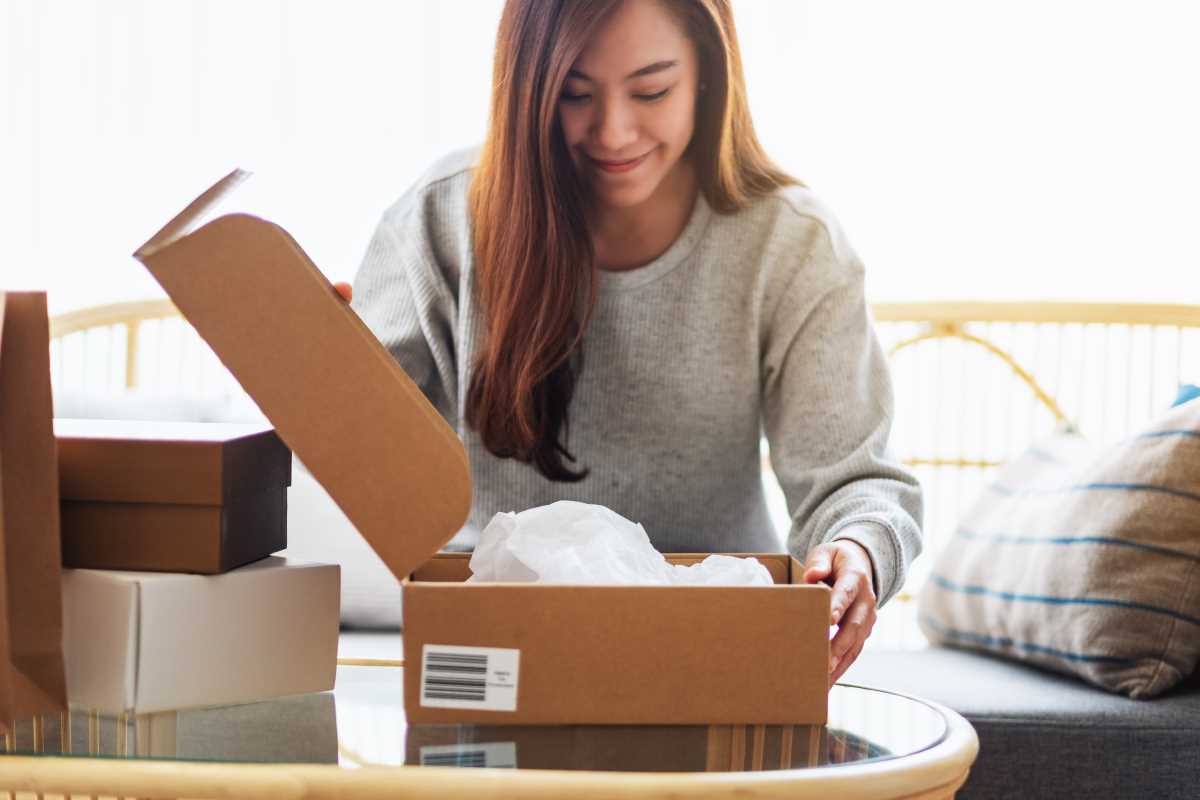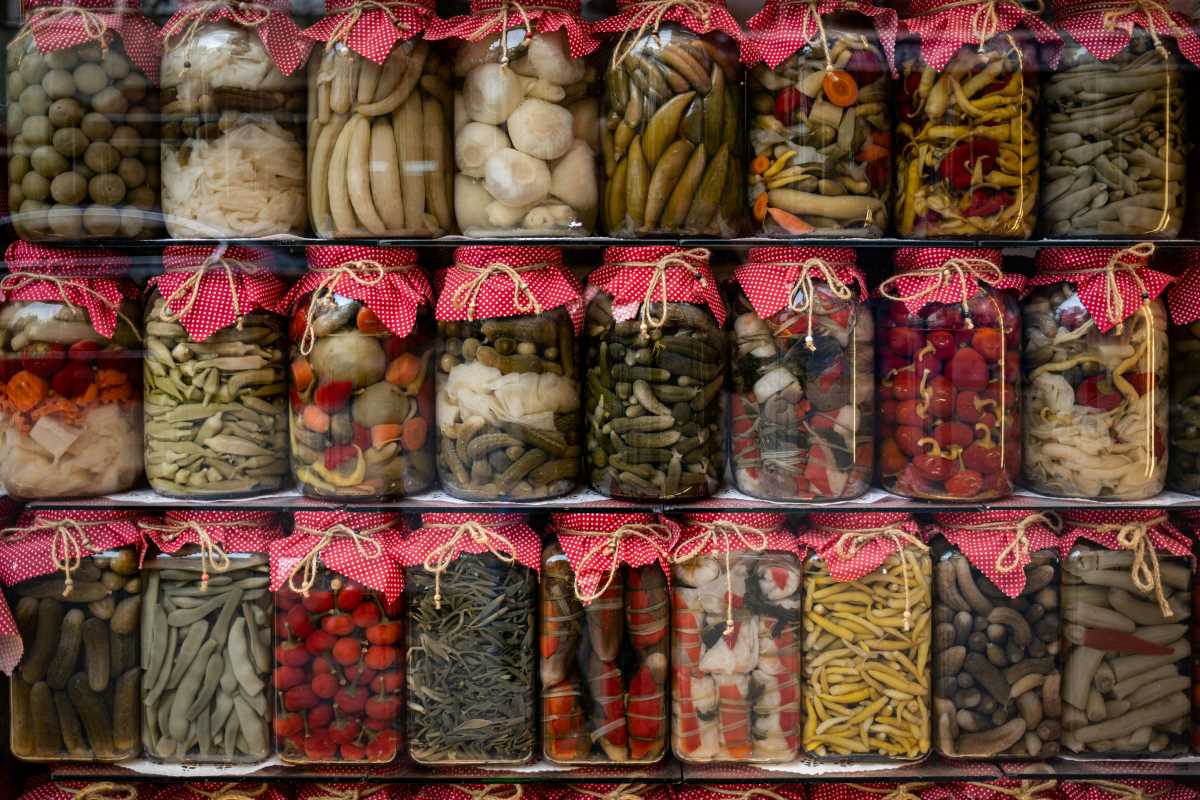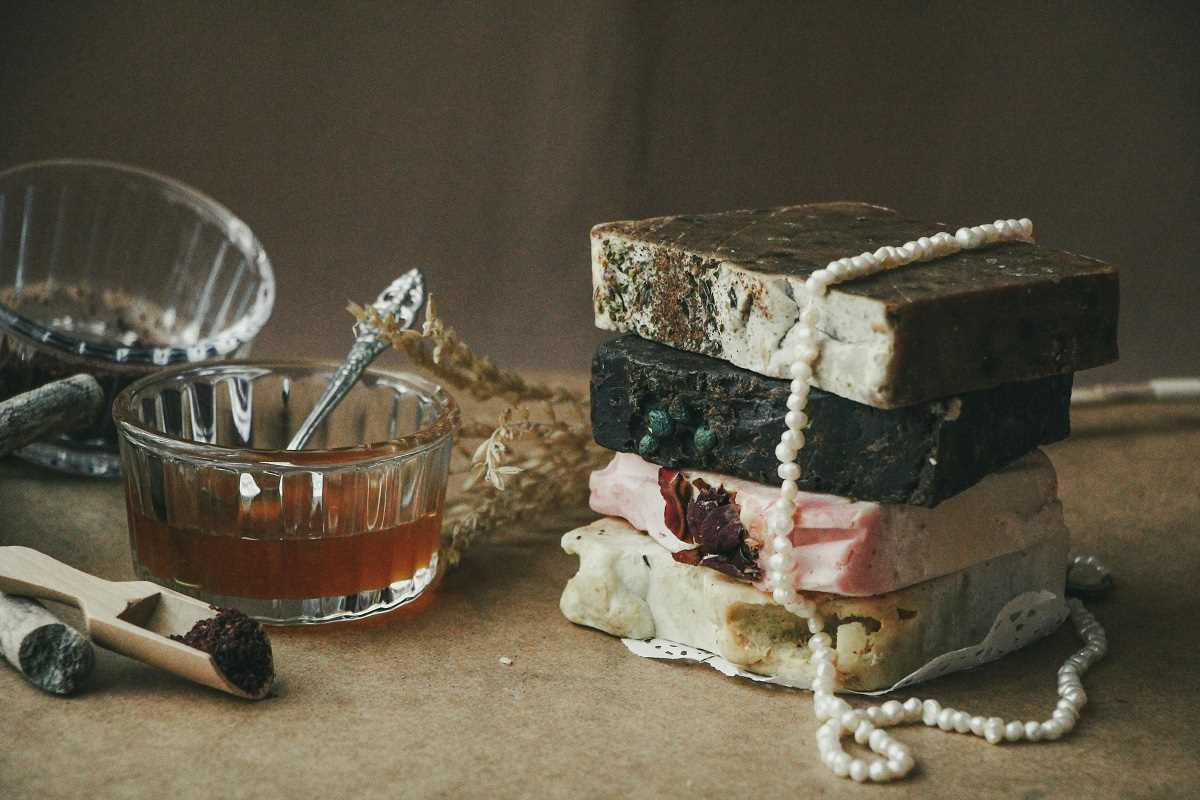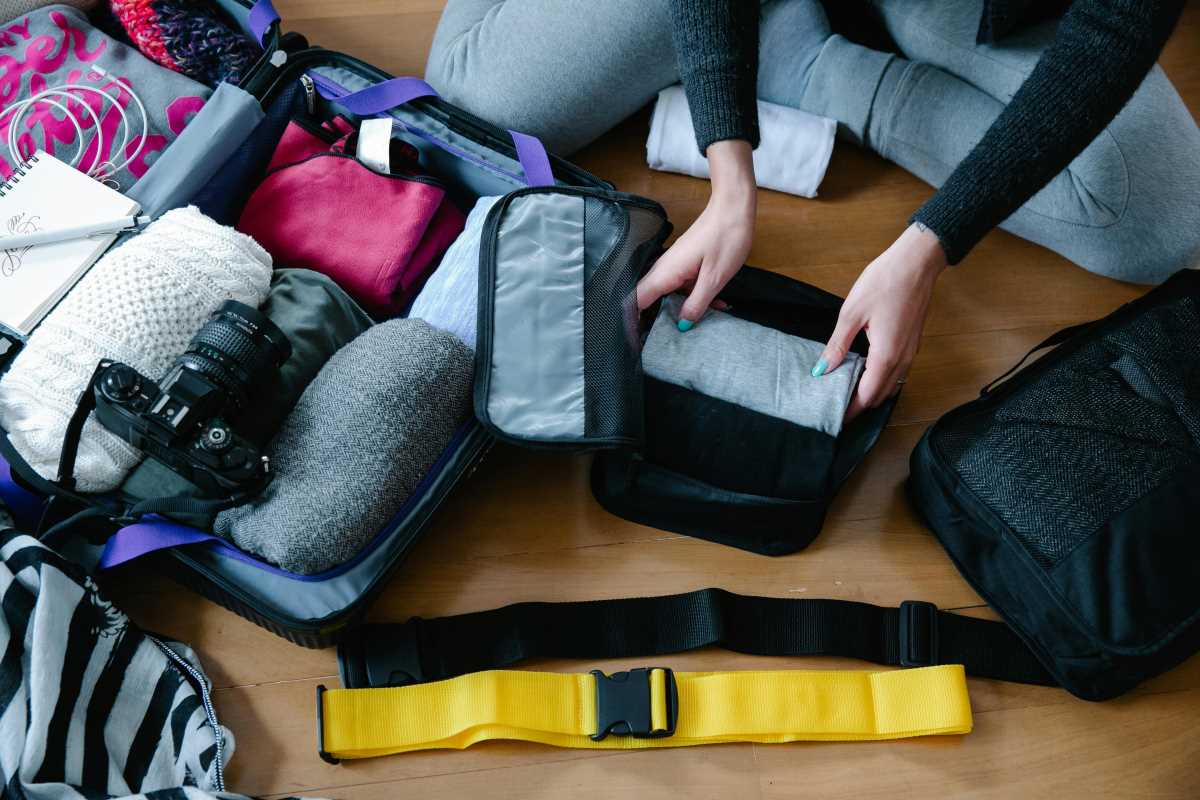Harnessing the sun's power to cook your meals reduces your carbon footprint and provides a sustainable way to prepare food anywhere. Creating a portable solar oven using upcycled materials is a fun and eco-friendly project that anyone can undertake with a few common items and a bit of creativity. Whether you're camping, enjoying a day at the beach, or just experimenting at home, this guide will walk you through the process step by step.
Materials Needed
- Cardboard boxes of various sizes (shoe box, medium box, and large box)
- Aluminum foil
- Plastic wrap or a large transparent plastic bag
- Black construction paper
- Newspaper or other insulating materials
- Glue or tape (duct tape works best)
- Scissors or a utility knife
- Ruler and pencil
- Thermometer (optional, for testing purposes)
- Old mirror or reflective material (optional for enhanced heating)
Preparing the Materials
- Cardboard Boxes: Clean all cardboard boxes thoroughly to ensure no dirt or debris remains. Flatten any large boxes if necessary to make space easier during assembly.
- Aluminum Foil: Carefully wrap the interior of the large box with aluminum foil, securing it with glue or tape. Make sure the shiny side is facing outward to maximize reflection of sunlight.
- Black Construction Paper: Cut a piece of black construction paper to fit the bottom of the medium box. This will help absorb heat within the oven.
- Plastic Wrap: Measure and cut the plastic wrap to cover the opening of the large box, creating an airtight seal when taped edges together.
- Insulating Materials: Crumple newspaper or other insulating materials and place them at the sides of the medium box to retain heat.
Assembling the Solar Oven
Start by placing the black construction paper at the bottom of the medium box. This layer is essential for absorbing maximum sunlight and converting it into heat. Next, position the medium box inside the larger box, ensuring that there is ample space around it for insulation. Line the sides of the large box with additional newspaper or insulating materials to help maintain the internal temperature.
Cover the opening of the large box with plastic wrap, securing it tightly with tape to prevent heat from escaping. If using a mirror or additional reflective materials, place them around the oven to direct more sunlight into the cooking area. Ensure that all seams are sealed properly to create an efficient heat-trapping environment.
Testing Your Solar Oven
- Find a sunny spot where the oven will receive maximum sunlight throughout the day.
- Place the solar oven with the reflective surfaces angled towards the sun to concentrate heat inside.
- Insert a thermometer inside the oven to monitor the temperature, aiming for at least 200°F (93°C) for effective cooking.
- Test with simple items like s'mores or pre-cooked vegetables to gauge heating efficiency.
- Adjust the angles of reflective materials as needed to improve heat retention based on the thermometer readings.
Troubleshooting and Tips
If your solar oven isn't reaching the desired temperatures, check for any gaps in the insulation where heat may be escaping. Ensuring that the plastic wrap is tightly sealed is crucial for maintaining high temperatures inside the oven. Additionally, make sure that the reflective surfaces are clean and free from wrinkles, as any imperfections can reduce their effectiveness.
Another tip is to preheat the oven by leaving it under direct sunlight for about 30 minutes before placing your food inside. This helps to stabilize the internal temperature quickly. Experiment with different angles for the reflective materials to find the optimal configuration that maximizes sunlight exposure throughout the day.
Enhancing Your Solar Oven
To further improve the performance of your portable solar oven, consider adding a second layer of insulation for better heat retention. You can also experiment with different materials for reflectors, such as old mirrors or shiny metal sheets, to see which one provides the best results. Incorporating a thermometer not only helps in monitoring the cooking process but also allows you to make precise adjustments to optimize temperature control.
For those interested in making the oven even more portable, try reducing the number of layers or using lighter materials that are easier to carry. Keep in mind that smaller ovens will retain heat less efficiently, so finding a balance between portability and functionality is key. Exploring various designs and modifications can lead to a customized solar oven that perfectly fits your needs.
Safety Considerations
While solar ovens are generally safe to use, it's important to handle all materials carefully to avoid accidents. Use caution when cutting cardboard and other materials with sharp tools, and always supervise children during the assembly and cooking processes. Ensure that the oven is placed on a stable, heat-resistant surface to prevent tipping or burning surfaces.
Additionally, be mindful of the maximum temperature the oven can reach to avoid overheating and potential fire hazards. Regularly check the integrity of the oven, especially after prolonged use, to ensure that all components remain secure and functional.
Environmental Benefits
Building a solar oven from upcycled materials highlights the importance of reusing and recycling in reducing waste. By repurposing items that would otherwise end up in landfills, you contribute to a more sustainable environment. This project not only benefits you by providing a cost-effective cooking solution but also supports broader environmental conservation efforts.
Embracing upcycled projects encourages creativity and resourcefulness, demonstrating that practical and eco-friendly alternatives are within reach. Sharing your solar oven with friends and family can inspire others to undertake similar initiatives, amplifying the positive impact on the planet.
Creative Uses for Your Solar Oven
Beyond just cooking meals, a solar oven can be used for a variety of creative applications. You can experiment with drying herbs, making homemade fruit leathers, or even baking artisan bread. The versatility of the solar oven opens up numerous possibilities for culinary exploration and sustainable living.
Consider integrating your solar oven into outdoor activities like camping trips or picnics, where access to traditional cooking methods may be limited. Its portability makes it an excellent addition to any outdoor adventure, providing a reliable and eco-friendly way to prepare food on the go.
Creating a portable solar oven using upcycled materials is a rewarding project that combines sustainability, creativity, and practicality. By following these detailed steps and experimenting with different materials and configurations, you can develop a functional solar oven tailored to your specific needs. Embrace the power of the sun and enjoy the benefits of sustainable cooking with your very own homemade solar oven.






.jpeg)
